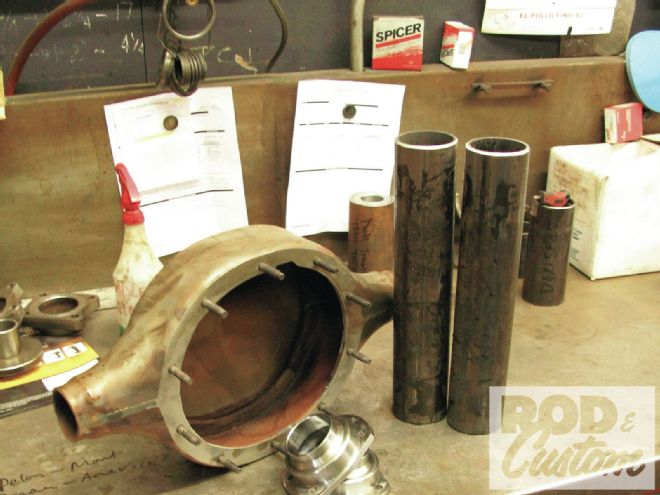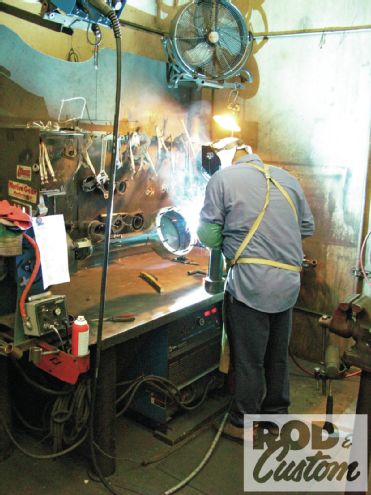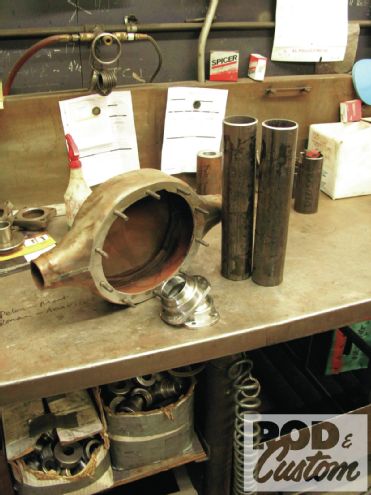
When it comes to aftermarket 9-inch Ford-style rearends, we can pretty much guarantee the first company name that comes to mind for any hot rodder is Currie Enterprises. For good reason too, as the company has built tens of thousands of rearends over the past 50-plus years, and especially since their axles became synonymous with the performance aftermarket in the ’80s. Today Currie can supply an all-new 8-, 9- or 8.8-inch rearend as well as 12-bolt GM and Dana 44 and 60 rearends for hot rods, performance applications, or for off-road use. We were keen to find out exactly what goes into building a 9-inch rearend, given that it’s possible to purchase a 9-inch from Currie that uses absolutely no original Ford parts with the exception of the brake components, if so desired.

Partly driven by supply and demand (when was the last time you saw a wrecking yard full of 9-inch rearends?) the company undertook to produce its own axle center housings, gear cases, yokes, and differential carriers. Sold under the name 9-Plus, these products are brand-new manufactured components and assemblies, meeting or exceeding OEM specifications. The housings and covers are made from high tensile steel, almost 40 percent stronger than conventional 1010 low carbon steel.
 Here are the component parts for the axle housing, a new round back, early style centersection, new tubes, and large Torino-style bearing housings.
Here are the component parts for the axle housing, a new round back, early style centersection, new tubes, and large Torino-style bearing housings.
The rearend we’ll follow from component parts to ready-to-ship item uses a new hot rod early style round back housing, with 3-inch-diameter tubes (0.188-inch wall thickness), Torino-style bearing housings, and a new nodular 9-Plus Sportsman gear case, capable of withstanding around 600 hp. Building the housing to a customer’s required width (which previously would have been referred to as narrowing an axle casing before new parts were used throughout) is the “easy” part, as assembling the differential is somewhat more time-consuming and technical, yet the team at Currie make it look simple. Building several every day will do that though! Incidentally, all the component parts are available individually, should you want to build your own axle, though we’d be inclined to wait for the UPS driver to show up with a crate rearend strapped to a pallet, ready to go!